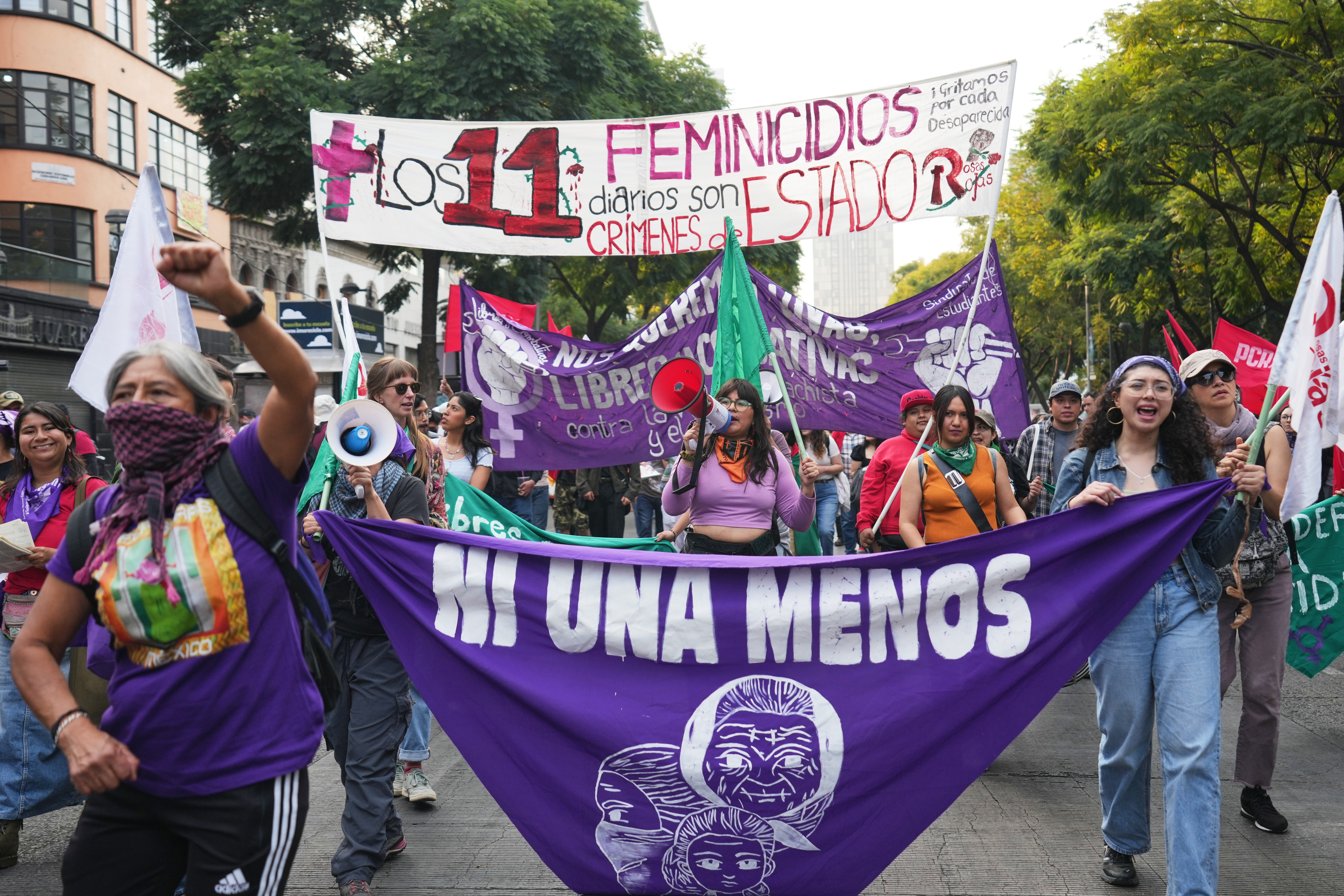What's Happening?
The film 'Black Red Yellow,' directed by Aktan Arym Kubat, is Kyrgyzstan's submission for the Academy Awards. It tells the story of Turdugul, a talented carpet weaver, in a Kyrgyz village facing economic
hardships following the Soviet Union's collapse. The narrative unfolds through the lens of traditional rug-making, which serves as both a livelihood and a spiritual duty for Turdugul. The film captures the struggles of villagers, particularly women, who maintain their families amidst scarcity. The story also delves into the lives of Shirin and Kadyr, a couple in an arranged marriage, highlighting their personal challenges and the broader societal issues of the era.
Why It's Important?
The film provides a poignant look at the cultural and economic transitions faced by Kyrgyzstan in the 1990s. It highlights the resilience of traditional practices like carpet weaving, which offer both economic sustenance and cultural continuity. By focusing on the personal stories of its characters, the film sheds light on the broader impacts of political and economic changes on rural communities. It underscores the role of women in sustaining family and cultural traditions, offering insights into gender dynamics and societal expectations during a period of significant upheaval.
What's Next?
As Kyrgyzstan's Oscar entry, 'Black Red Yellow' may gain international attention, potentially influencing perceptions of Kyrgyz culture and history. The film's submission could also encourage further exploration of Central Asian narratives in global cinema, fostering greater understanding and appreciation of the region's unique cultural heritage. The film's themes may resonate with audiences worldwide, prompting discussions on the impact of political transitions on traditional communities.
Beyond the Headlines
The film's portrayal of traditional rug-making and its significance in the village offers a deeper understanding of how cultural practices can serve as a form of resistance and preservation amidst change. It raises questions about the sustainability of such traditions in the face of modernization and economic pressures. Additionally, the film's exploration of gender roles and the emotional burdens faced by women in patriarchal societies provides a critical lens on the intersection of culture and gender.














